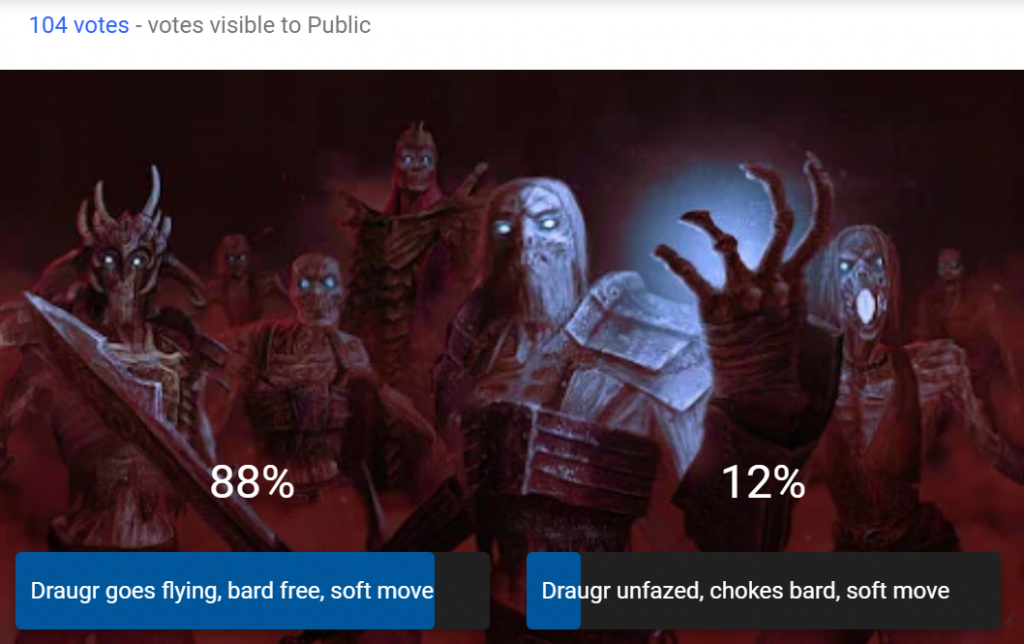My players enjoyed this Danger, so I thought I’d share:
Name: Corruption Coin
Defense: Defy Danger using WIS, CON, or INT
Result: Increased Load
The PC spots a coin on the ground, and has the opportunity to pick it up with no one watching. If she does, she is immediately seized with the desire to collect more for herself, without telling anyone.
The threat is spiritual/mental, not physical. I narrate the camera zooming in and passing through the character’s eye, where we see an “internal world” in the character’s mind.
To resist, make a Defy Danger using WIS, CON, or INT (the player must describe how they are resisting in the fiction):
10+ The PC resists with no harm
7-9 The PC mostly resists, but takes -1 forward to stat used
6- As 7-9, and the player is corrupted
A corrupted character will begin seeing loose coins whenever she is not being watched by her companions, and will begin looking for opportunities to be out of sight for a moment– nothing serious, just lagging a step here or there, or offering to check out something that genuinely needs to be done a distance away, and so on. She will quickly and secretly throw such coins into her pack.
In reality, the “coins” are just rocks and other debris. The PC immediately increases her load by 1 when corrupted. On any subsequent 6- by the player, the GM may increase the load by 1d3 weight to represent the cumulative effect of gathered coins. Note that it is not recommended to describe or roleplay individual coins being collected, it’s just happening every so often.
The PC can cure her corruption by being magically healed, or spending most of a day struggling against it (the player describes how).
Until cured, the PC will continue adding “coins” despite load penalties, and will resist all efforts from other players to reason with her.
OPTION: To make the danger more serious, replace the -1 forward with the debility associated with the stat used.

